syn·site
1: CONVERGING. Any experience, exchange, environment, observation, object, or relationship of objects crystallized in a networked space — whether actual or virtual — distinguished by an equation of universal and specific inputs.
2: EXPANDING. A compounding reconfiguration of distilled fragments — fragments of selves, sites, and associations. It activates at the intersection of the specific and the abstract, the internal and external, the actual and the virtual, the organic and the synthetic. It is at once artwork and network, space and memory. Realized, it approximates a crystallized, collaborative consciousness. » Christine aspires to create a grand web-based SYN-SITE: a metaphorical Texas.
< ORIGIN > The SITE/NON-SITE theory of Robert Smithson, revisited in light of today's NETWORK AESTHETICS. < CAVEAT > FAULT LINES may fracture the crystallized consciousness.
1: CONVERGING. Any experience, exchange, environment, observation, object, or relationship of objects crystallized in a networked space — whether actual or virtual — distinguished by an equation of universal and specific inputs.
2: EXPANDING. A compounding reconfiguration of distilled fragments — fragments of selves, sites, and associations. It activates at the intersection of the specific and the abstract, the internal and external, the actual and the virtual, the organic and the synthetic. It is at once artwork and network, space and memory. Realized, it approximates a crystallized, collaborative consciousness. » Christine aspires to create a grand web-based SYN-SITE: a metaphorical Texas.
< ORIGIN > The SITE/NON-SITE theory of Robert Smithson, revisited in light of today's NETWORK AESTHETICS. < CAVEAT > FAULT LINES may fracture the crystallized consciousness.
SYN (along with, at the same time | from Greek SYN, with | ~SYNTHETIC) + SITE (N: point of event, occupied space, internet address; V: to place in position | from Latin SITUS, location, idleness, forgetfulness | ~WEBSITE ¬cite ¬sight), cf. SITE/NON-SITE (from Robert Smithson, A PROVISIONAL THEORY OF NONSITES, 1968)
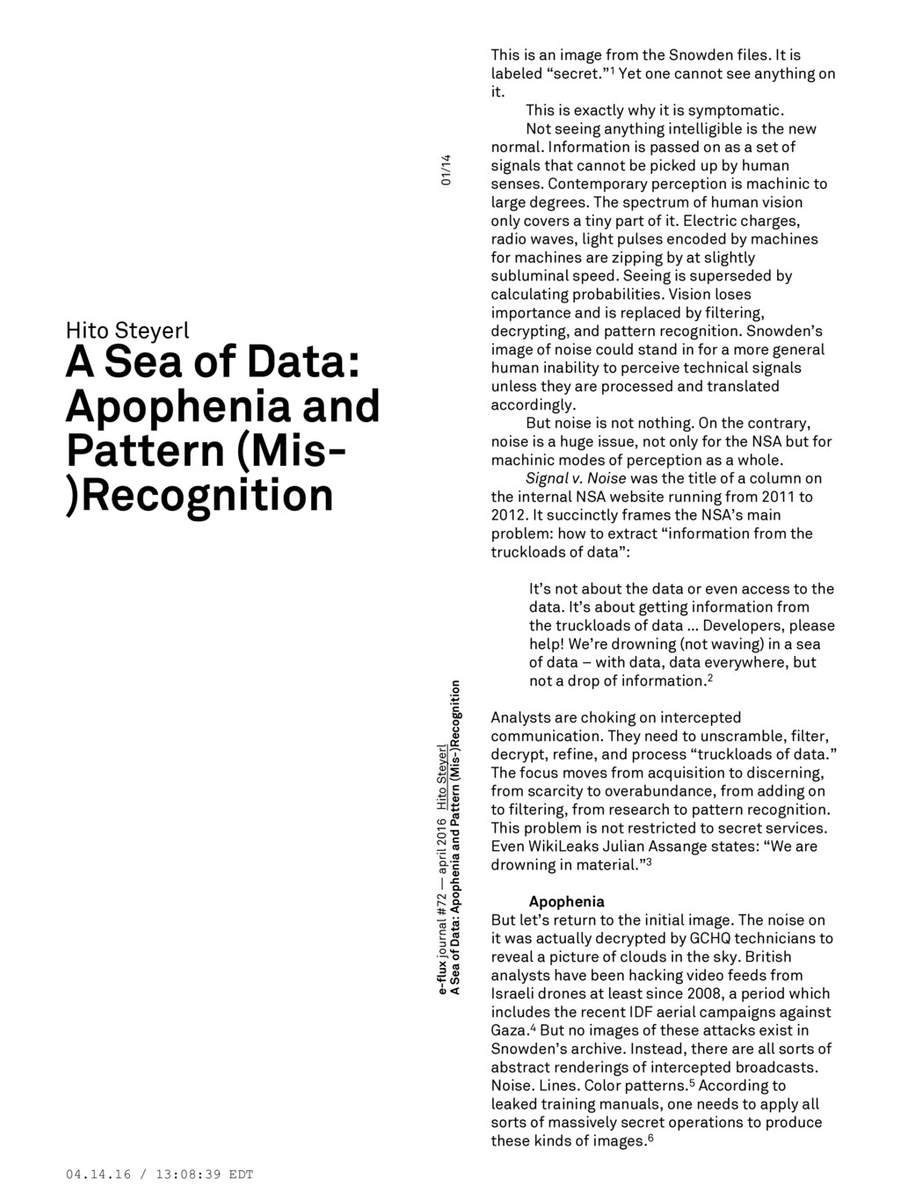


...like a piece of sensitive photographic paper, waiting passively to feel the shock of impression. And then I was quivering like a leaf, more precisely like a mute hunk of appetitional plasm, a kind of sponge in which the business of being excited was going on, run through by a series of external stimuli: the lane, the man, the pale light, the lash of silver – at the ecstatic edge of something to be known.
...like a piece of sensitive photographic paper, waiting passively to feel the shock of impression. And then I was quivering like a leaf, more precisely like a mute hunk of appetitional plasm, a kind of sponge in which the business of being excited was going on, run through by a series of external stimuli: the lane, the man, the pale light, the lash of silver – at the ecstatic edge of something to be known.
...like a piece of sensitive photographic paper, waiting passively to feel the shock of impression. And then I was quivering like a leaf, more precisely like a mute hunk of appetitional plasm, a kind of sponge in which the business of being excited was going on, run through by a series of external stimuli: the lane, the man, the pale light, the lash of silver – at the ecstatic edge of something to be known.
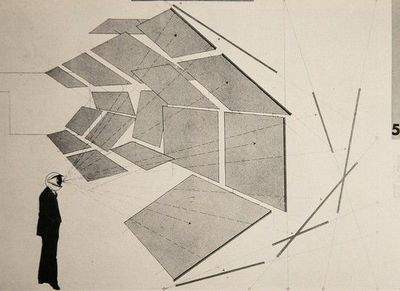


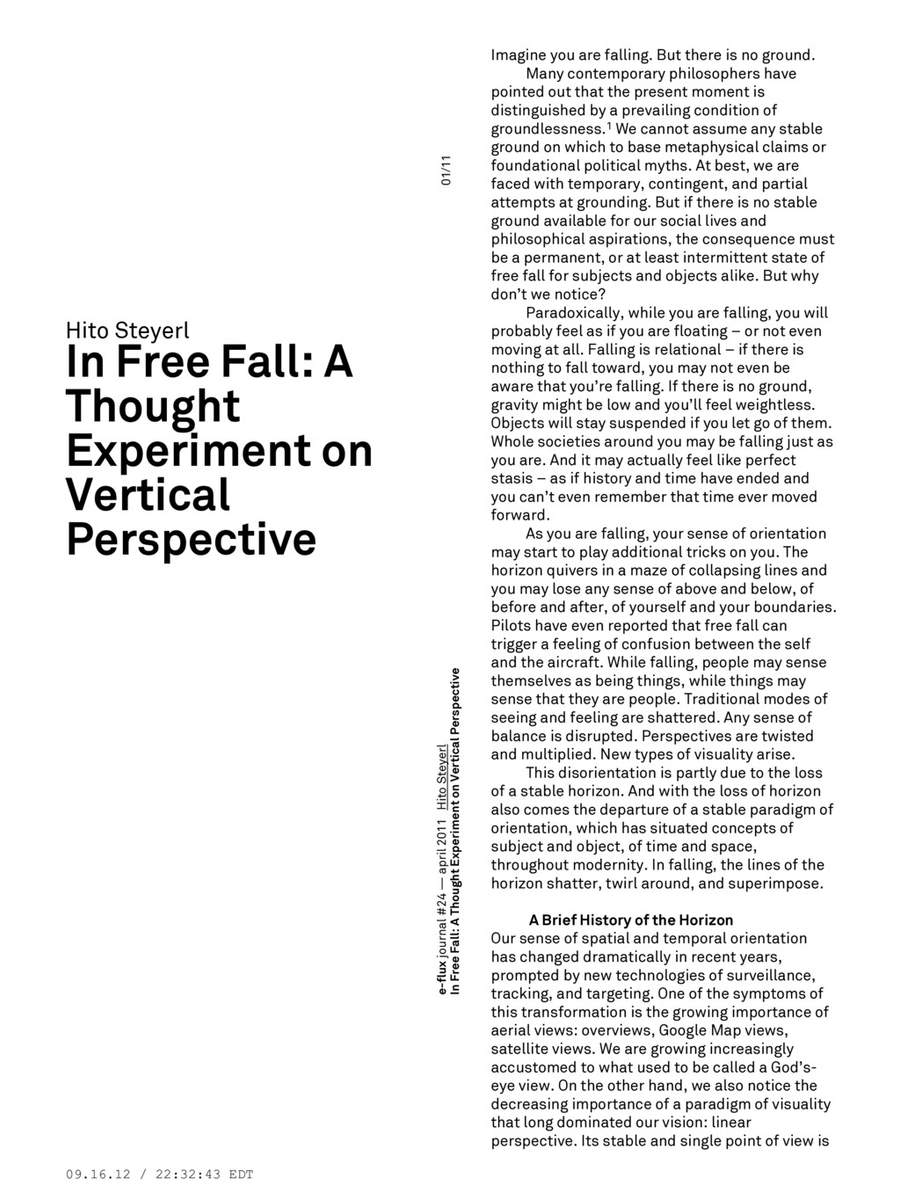


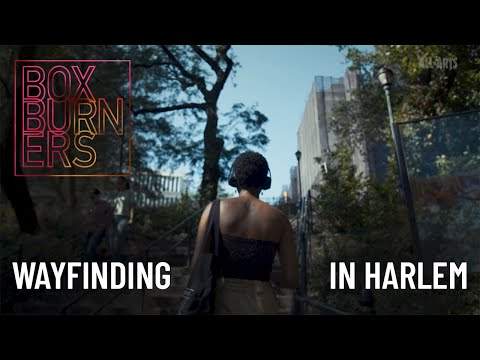








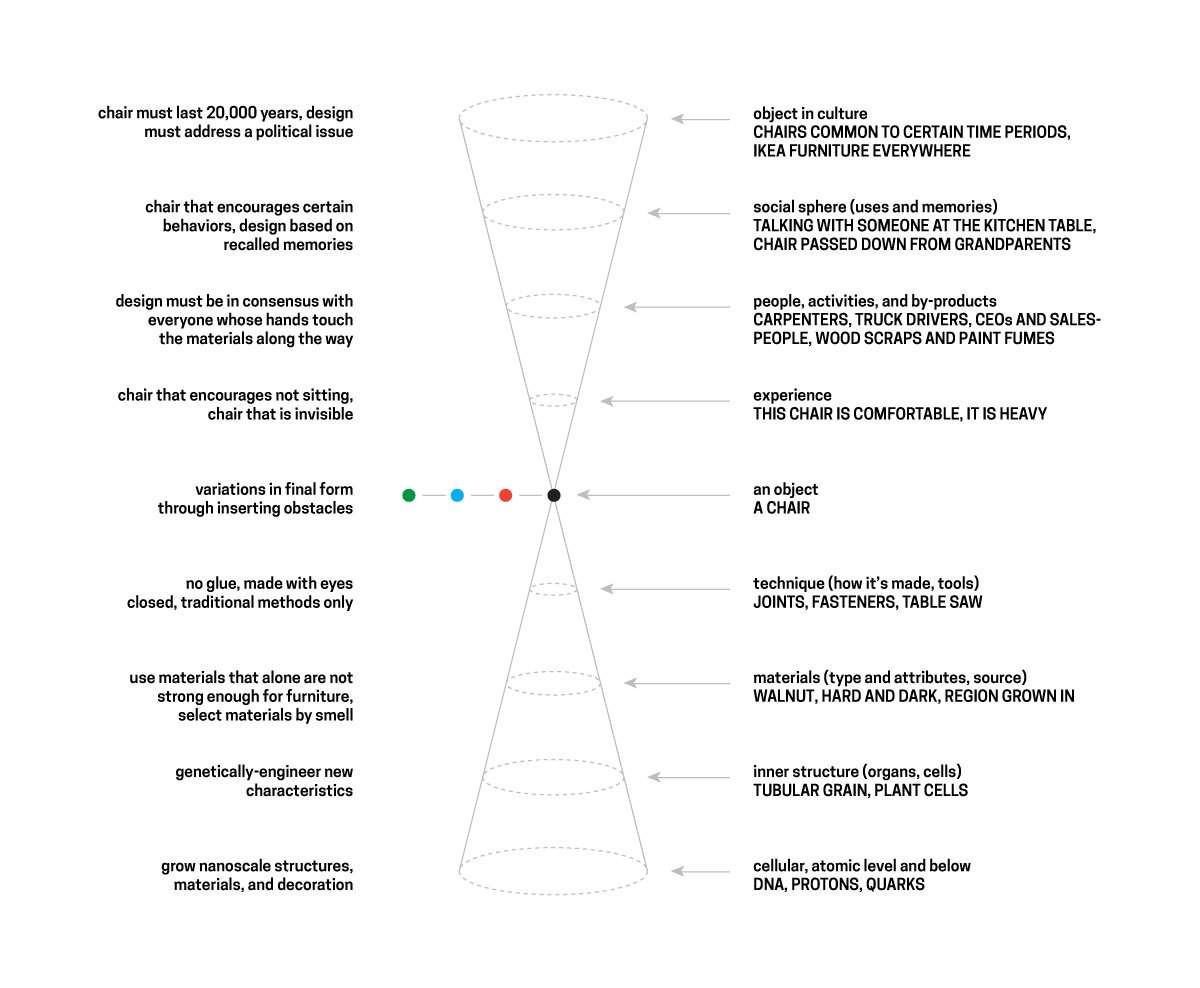


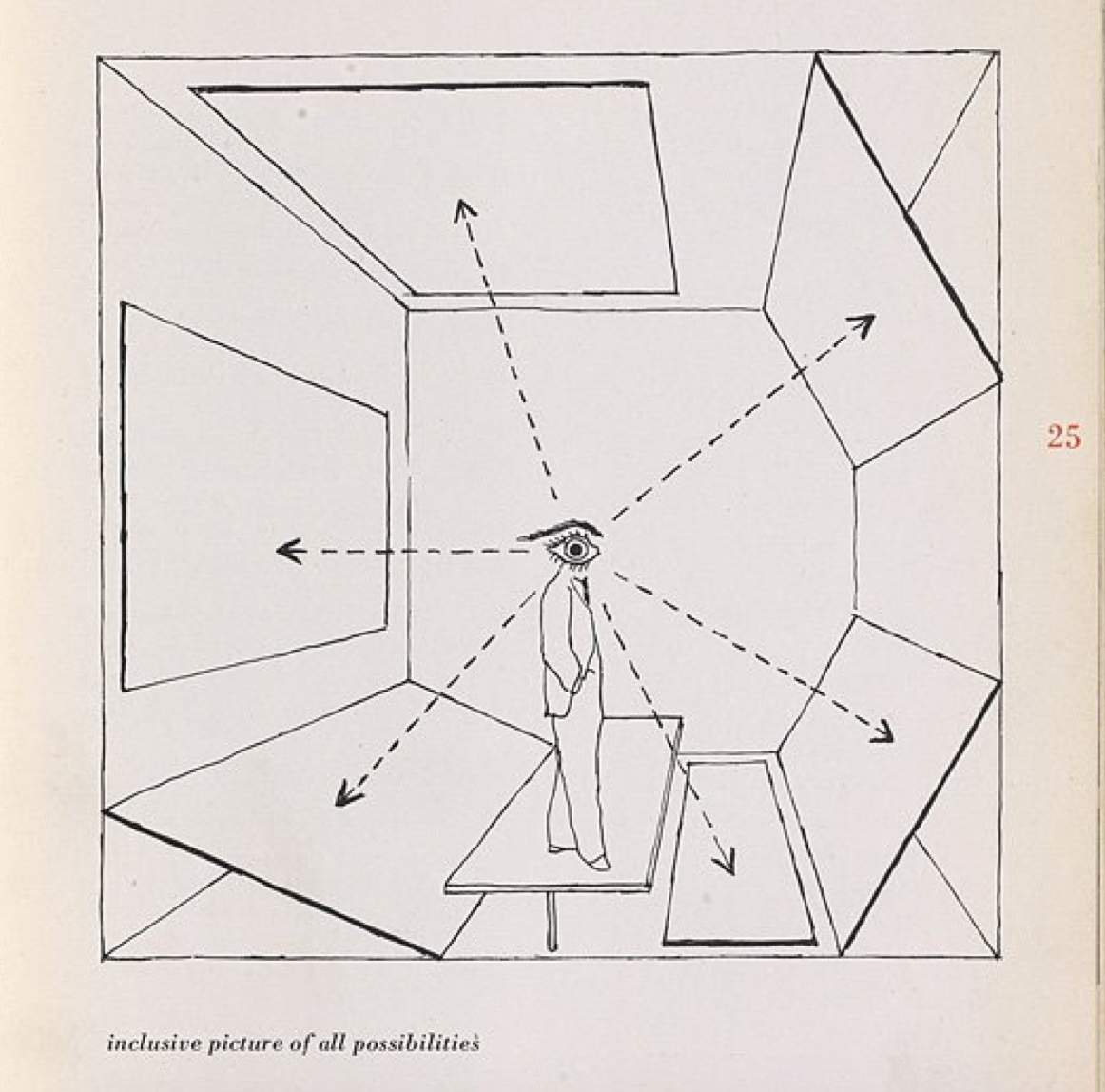


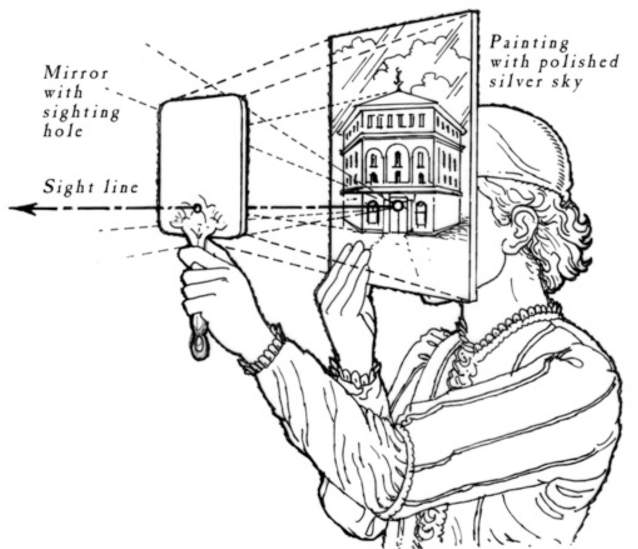


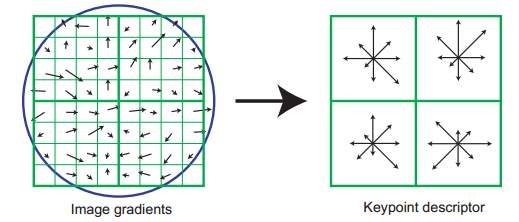


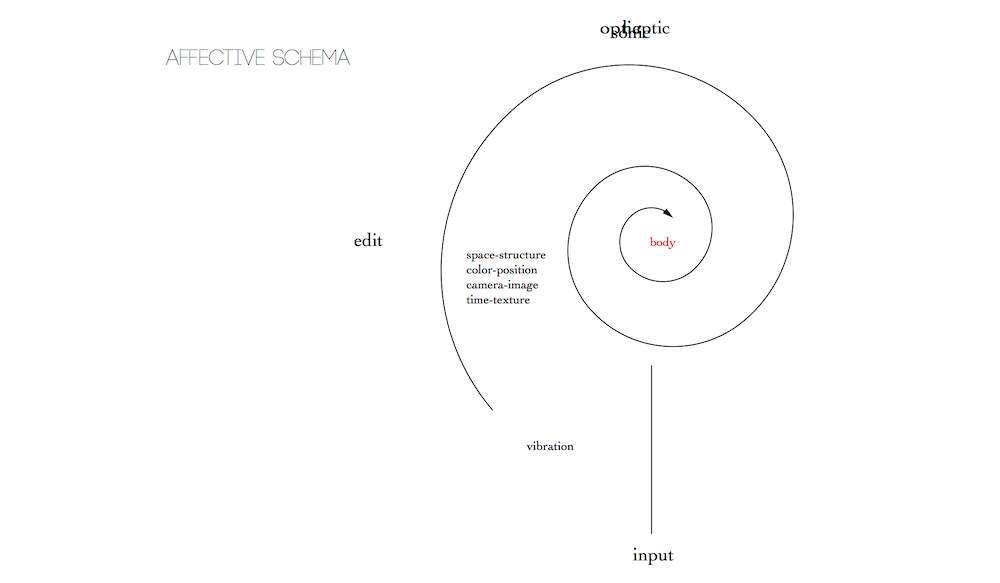


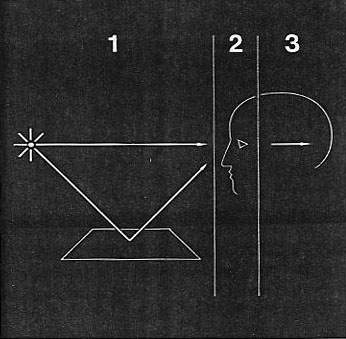


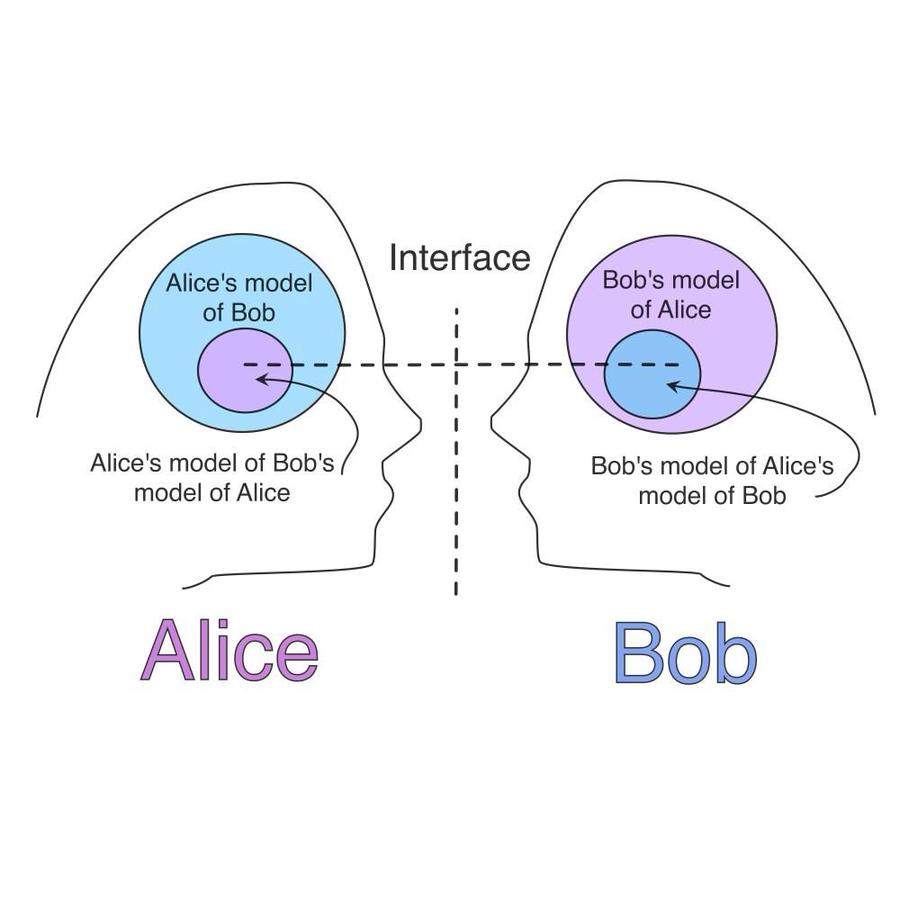





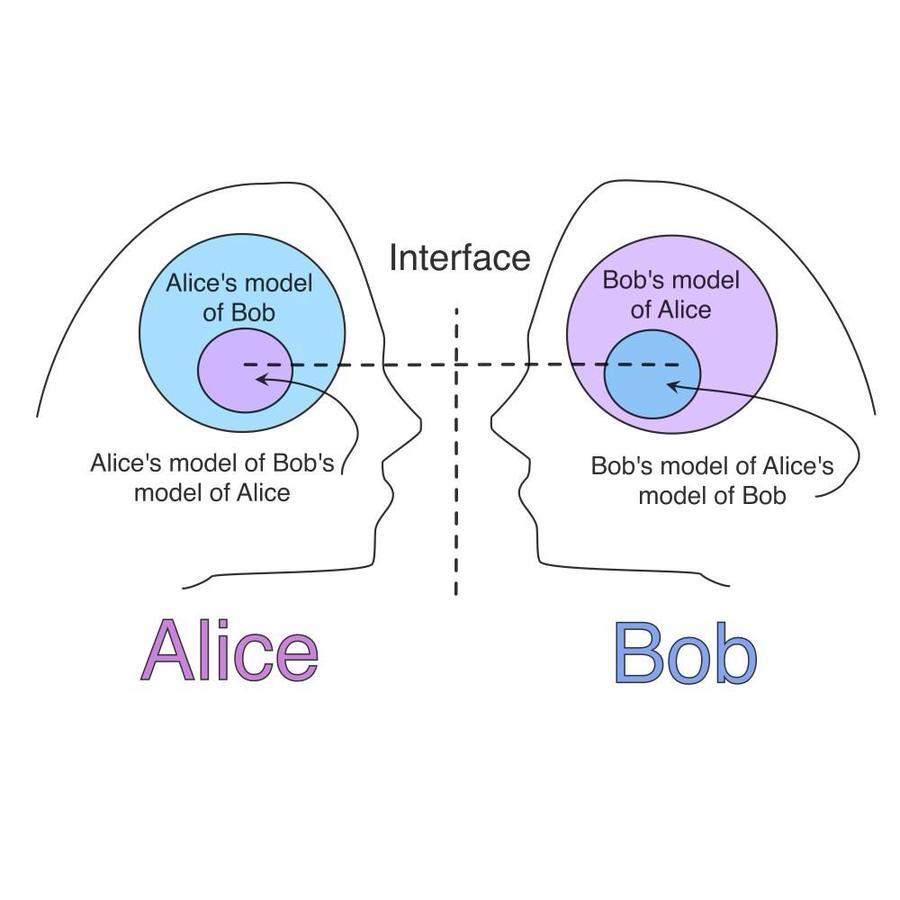





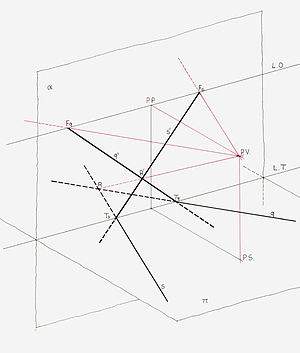





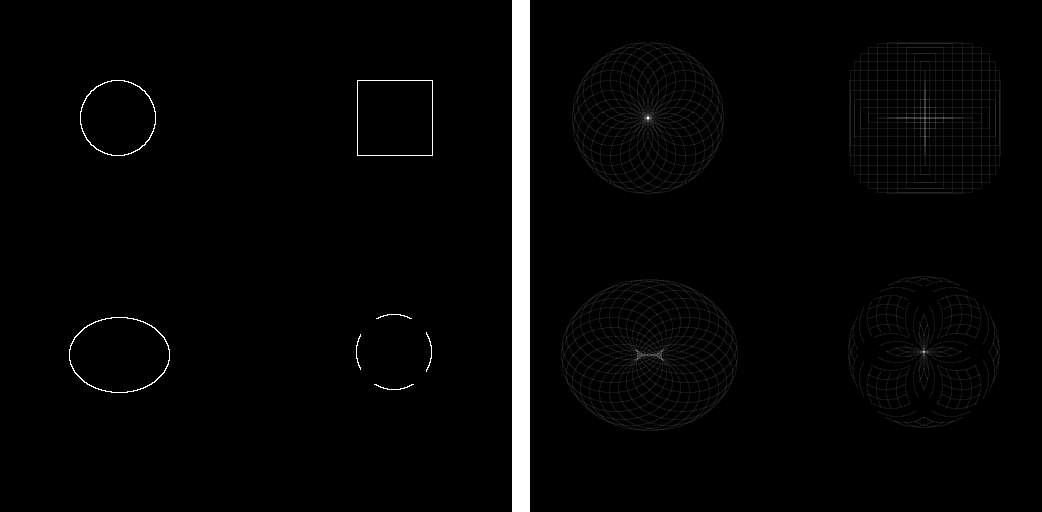


It is not the eye which sees but the body as a receptive totality.
It is not the eye which sees but the body as a receptive totality.
It is not the eye which sees but the body as a receptive totality.
aerial perspectives aerial perspectives aerial perspectives aerial perspectives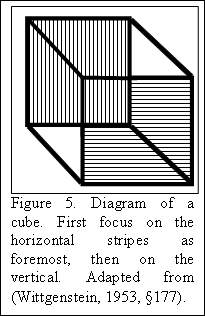


Seeing is superseded by calculating probabilities. Vision loses importance and is replaced by filtering, decrypting, and pattern recognition.
Seeing is superseded by calculating probabilities. Vision loses importance and is replaced by filtering, decrypting, and pattern recognition.
Seeing is superseded by calculating probabilities. Vision loses importance and is replaced by filtering, decrypting, and pattern recognition.
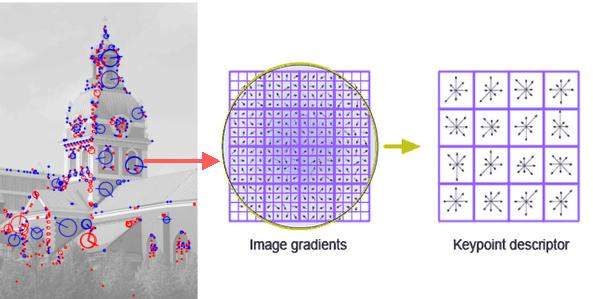








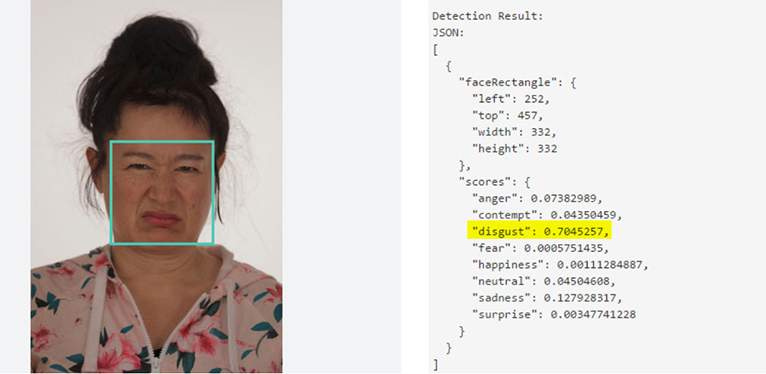





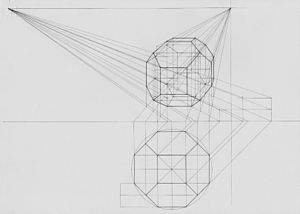


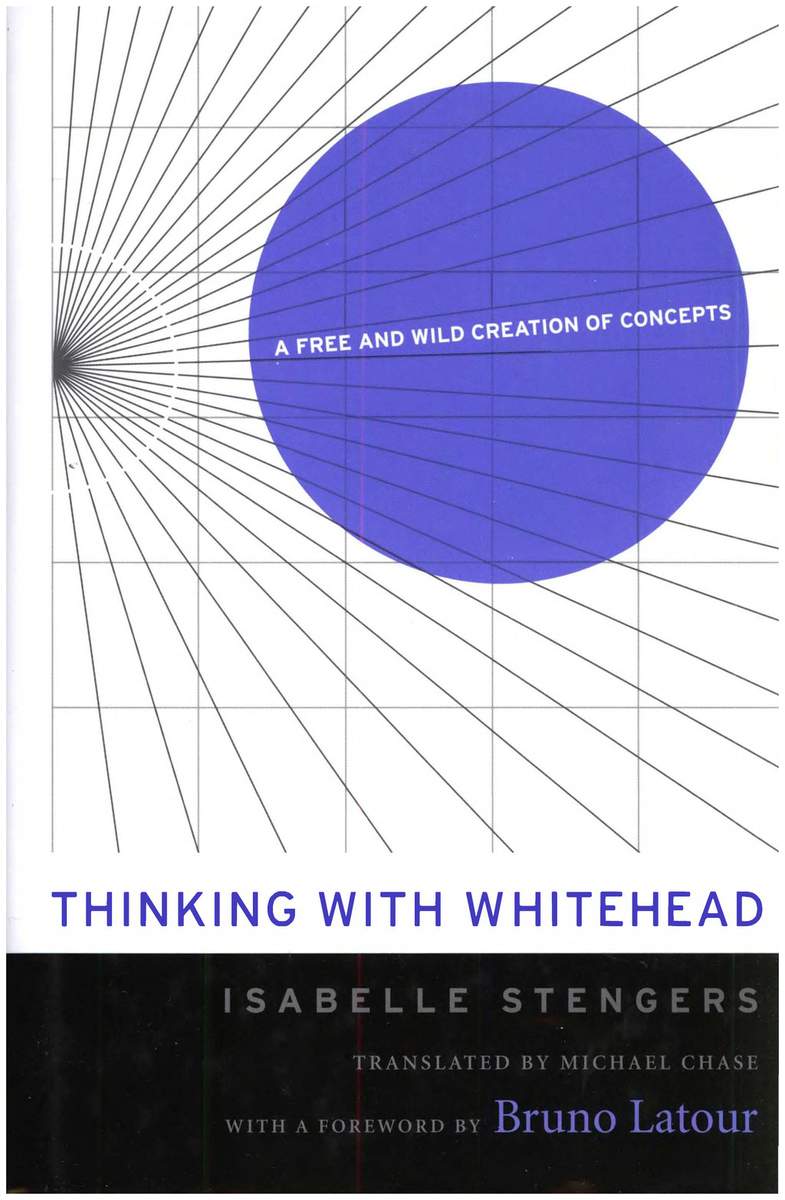


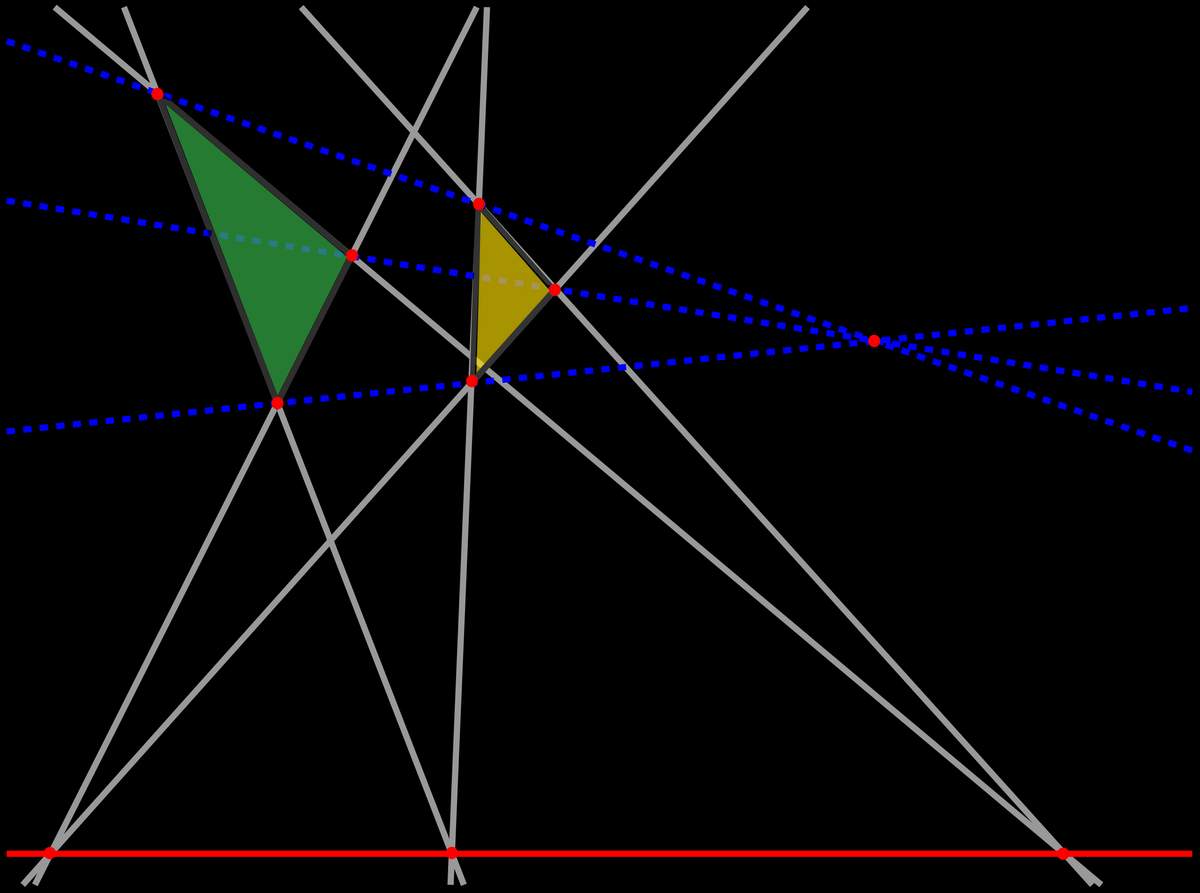





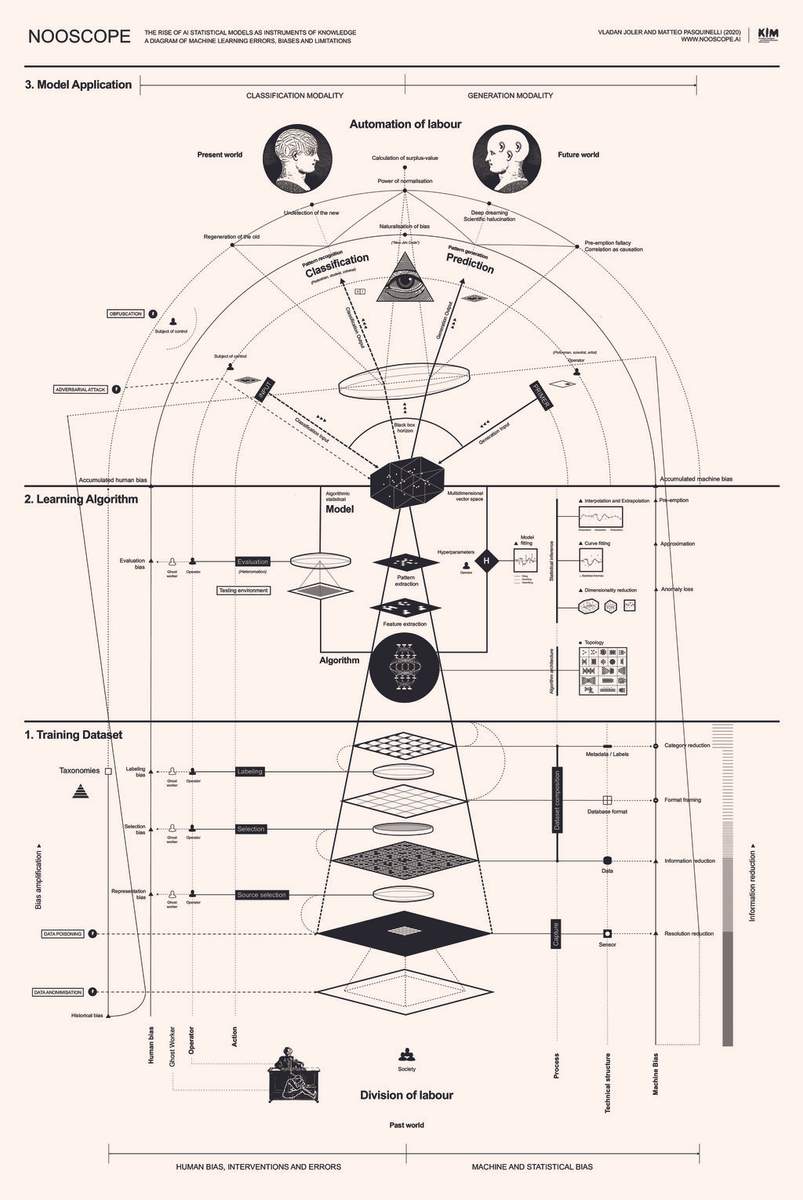


It is comparatively easy to make computers exhibit adult level performance on intelligence tests or playing checkers, and difficult or impossible to give them the skills of a one-year-old when it comes to perception and mobility.
It is comparatively easy to make computers exhibit adult level performance on intelligence tests or playing checkers, and difficult or impossible to give them the skills of a one-year-old when it comes to perception and mobility.
It is comparatively easy to make computers exhibit adult level performance on intelligence tests or playing checkers, and difficult or impossible to give them the skills of a one-year-old when it comes to perception and mobility.


